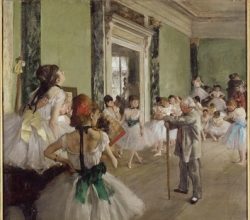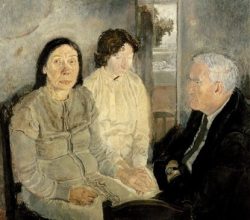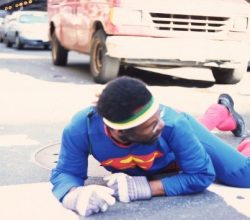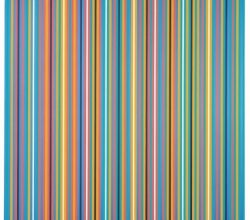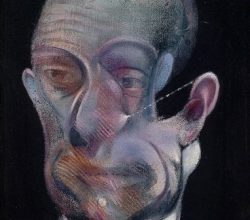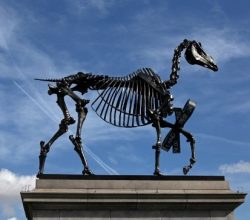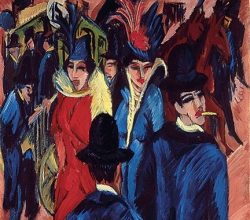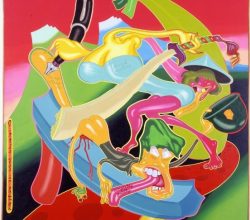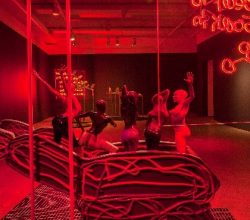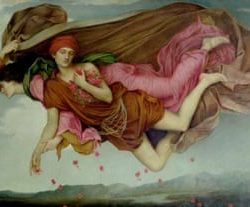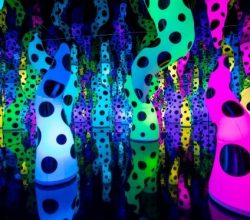
Yayoi Kusama’s Radical Work Goes Far beyond Her Infinity Rooms
Jack Radley | Artsy | 7th November 2019
Kusama’s infinity rooms are so popular they obscure the broader career theme. Pattern repetition appears in her earliest work as a way of invoking infinity. From those 1950’s paintings and performance pieces, the first immersive infinity room (in 1965) seems not so large a jump. Don’t be misled by popularity, suggests a critic, “It would be disingenuous to say that [the infinity room] fails to encourage introspection.”

